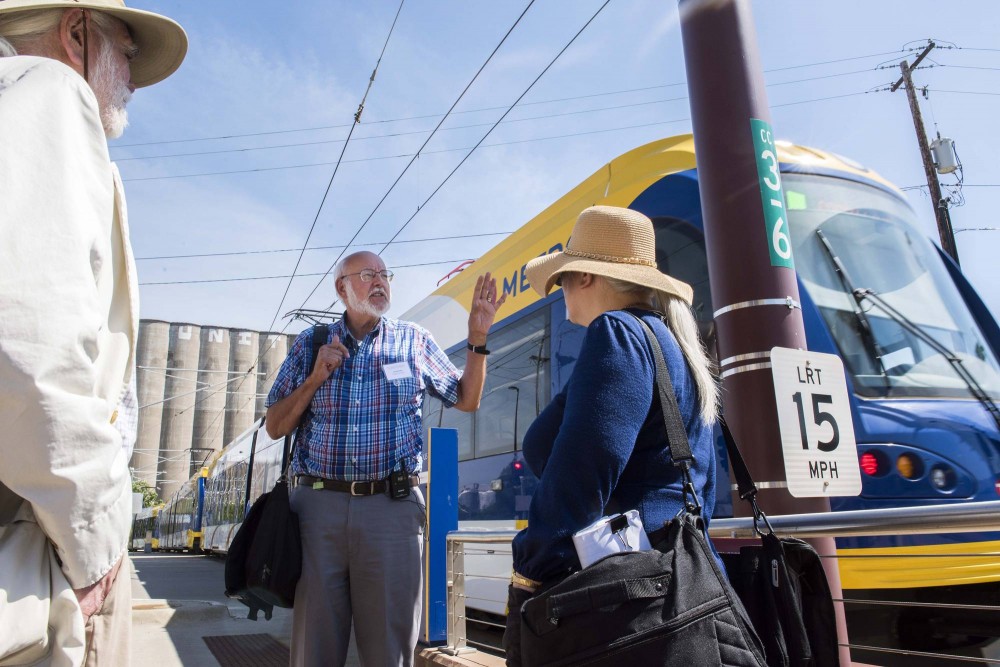As Metro Transit’s Green Line light rail celebrated its two-year anniversary, a group that helped make the project possible ceased operations for good.
The Central Corridor Funders Collaborative — comprised of 14 local and national organizations — held an event to recognize the investments made in the communities surrounding the Green Line corridor since its opening.
At the event, members discussed how the CCFC worked closely with neighborhoods along the Green Line for over nine years and pumped nearly $12 million into areas paralleling the line’s track.
“The goal was to make sure that if you invest a billion dollars in something, it’s going to benefit the community,” said Eric Muschler, a McKnight Foundation representative and collaborator.
The group aimed to create growth in four sectors — housing, jobs and small business, improved communication, and vital places — through projects and funding.
In several reports released by CCFC Friday, the data shows that the line had a positive impact on businesses, neighborhoods and other city infrastructure.
Still, while the line was touted as a success, many in attendance raised concerns about the development’s contribution to long-term growth.
“Economic development takes a long time and communities will continue to evolve, so it’s never possible to declare victory,” said Patrick Troska, executive director of the Jay and Rose Phillips Family Foundation of Minnesota, a charity organization.
The CCFC planned to step out of the picture once the Green Line was complete, said Ann Mulholland, Vice President of Community Impact for The Saint Paul Foundation in a press release.
As part of the event, a light rail tour was offered to those who wanted to see how the Green Line impacted surrounding areas and to learn about future projects nearby.
One such project is the development of 370 acres near the Prospect Park Station by the University of Minnesota’s East Bank. Plans are in place for an approximately 300 room apartment building, with a grocery store and off-street parking garage, according to collaborators who gave the tour.
The space between the planned apartment building and the University’s athletic practice facility which now garners a small community garden, is set to become a sustainable culture area which will “be a great gathering space for the arts and everything else,” said Karl Reichert, collaborator and Executive Director of the Textile Center on University Ave. in Minneapolis.
Dick Gilyard, an architect and project collaborator said sustainability is key for the development, and hopes to implement a storm water collection and treatment system in the future.








